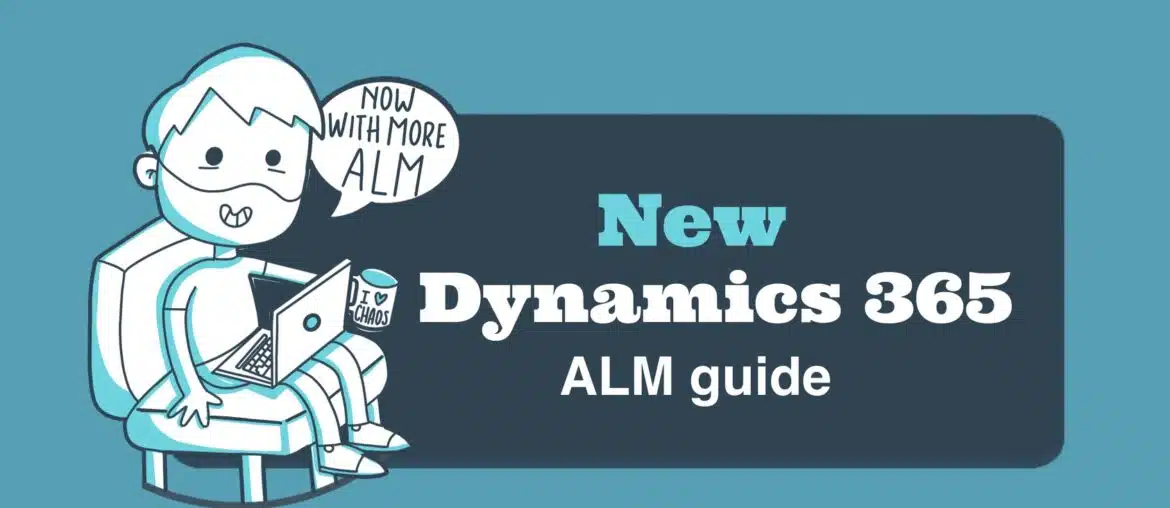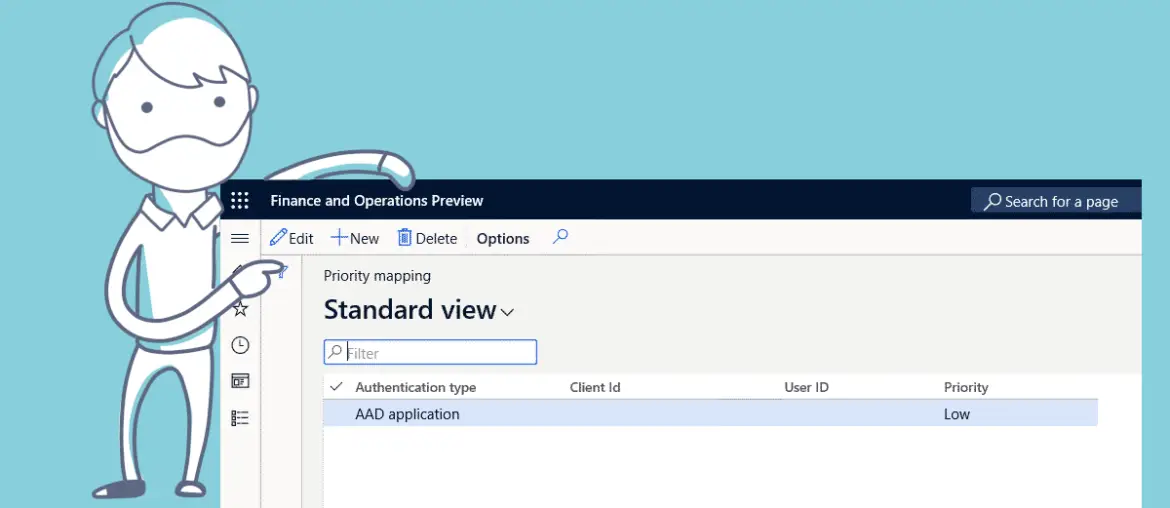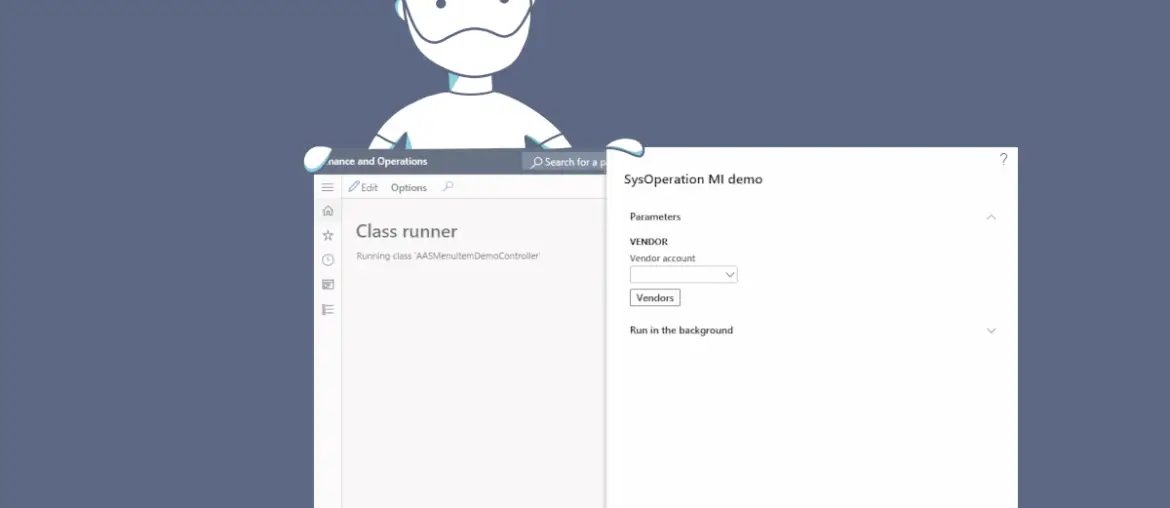Part 3 of the Copilot Studio + F&O extensibility series. Learn what client plugins are, when to use them, and how to build one in X++—from action scopes and parameters to implementing executeAction and wiring trigger/response topics. Includes a PurchTable example to confirm POs from the sidecar chat. Click here to continue reading Create X++ Client Plugins for Copilot Studio in Dynamics 365 F&O
Today I’m announcing the first part of the new Dynamics 365 ALM guide for Finance and Operations (F&O) is now available!
This guide focuses on the unified development and administration experiences and the significant changes coming in the next few months. I’ve completely rewritten it from scratch, ensuring that all screenshots are up-to-date to make the process easier to follow.
Over time, countless changes have impacted ALM for Dynamics 365. After writing the original ALM posts, I realized it was more efficient to create a new guide rather than amend the old content. Believe me, it’s easier to write from the beginning than reviewing what I already have…
Today we have a quick and easy X++ post where we’ll learn how to create an encrypted field in Dynamics 365 Finance and Operations.
Creating an encrypted field in Dynamics 365 Finance and Operations is a simple process that can help secure sensitive information in your application. By using an encryption key to encrypt the data, it ensures that the data remains safe even if it is accessed by unauthorized users.
There’s a new version and a new task for our release pipelines that use the Azure-hosted agents. These changes have been introduced recently to support the new MSAL authentication libraries for the LCS service connection used to upload and deploy the deployable packages.
The current service connections use Azure Active Directory (Azure AD) Authentication Library (ADAL), and support for ADAL will end in June 2022.
This means that if we don’t update the Asset Upload and Asset Deployment to their new versions (1.* and 2.* respectively) the release pipelines could stop working after 30th June 2022.
Need to get the price of an item that has a sales or purchase agreement? The PriceDisc class is here to save us! This is one of those reference posts that I’m writing for the Adrià of the future, because it’s something I forget about a lot. PriceDisc magic! There’s an obsolete method, I think it was findItemPriceAgreement, to get the price, but it’s obsolete, as I’ve just said. So the easiest way to get…
It’s been a while since I first wrote about the Application Checker in 2019, and here I am again. In this blog post, I’ll talk about SocrateX and XQuery too, and I’ll also show how to generate the files and databases used to analyze the code.
If you want to know more about App Checker or SocrateX, you can read these resources in addition to the post I’ve linked above:
We’re finally getting a throttling functionality for OData integrations!
It’s one of the most common requirements from a customer: the need to integrate Dynamics 365 with other systems. With the (back in the day) new AX7 we got a new way of integrating using the OData REST endpoint and the exposed Data Entities.
But integrations using the OData endpoints have low performance and for high-volume integrations, it’s better to use the Data management package REST API. A (not so) high volume usage of the OData REST API will translate into performance issues.
The throttling functionality is in preview starting version 10.0.13 which is currently in PEAP. It will be enforced starting April 2021. You can join the Data Management, Data Entities, OData, and Integrations Yammer group for more info. Remember you need to join the Insider Program for Dynamics 365 first to be able to access the Yammer group.
If you want to learn more about OData and throttling you can check these resources:
A short one! Some time ago I explained how to add a multi selection lookup to a SysOperation dialog and in this post I’ll explain how to add a Menu Item as a Function button to the SysOperation dialog.
Before the SysOperation Framework was introduced in AX2012, we used the RunBase Framework, and maybe doing these things looked easier/quickier with RunBase because all the logic was in a single class. But in the end what we need to do is practically the same but we have to do it in the UIBuilder class.
Let me show you and explain all the code. I’ll only show the DataContract and UIBuilder classes as they’re the only important ones in this case.
Compiler warnings. Warnings. They’re not errors, only warnings. You can just overlook and forget them, right? Well, I hope you aren’t.
“But even the standard code done by Microsoft throws warnings!”, you could say. And that’s true, but that’s not your code, it’s Microsoft’s. If a functionality you’re using breaks because they didn’t care about their warnings, you can open a support request and it’s Microsoft’s job to fix it. If your code breaks some functionality because you didn’t care about a warning, it’s your job to fix it, and your customer will want it as fast as you’d want Microsoft to fix their error.
That’s why we should be warned about warnings (badum tss).









